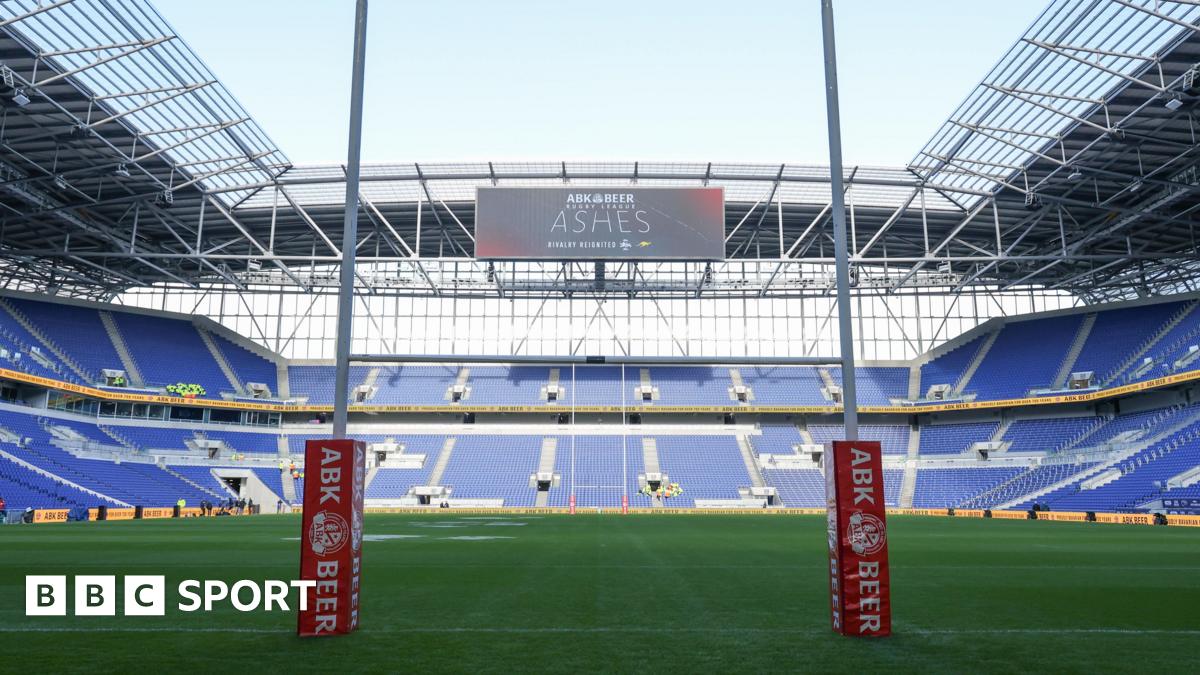This destination also has the most beautiful Christmas tree and it’s easy to see why
If you’re yearning for a festive break that won’t leave you skint or battling the crowds, one European city has just been hailed as the cheapest place in Europe to visit at Christmas. According to Skyscanner, you can jet off there in December for a mere £35.
Vilnius, the stunning capital of Lithuania, isn’t just a bargain; its Christmas tree has been voted the most beautiful in Europe on several occasions, including 2019 and 2020. It’s now been dubbed the European Christmas Capital for 2025 by the Christmas Cities Network.
Vilnius kicks off its Christmas festivities on 29 November, when its dazzling Christmas tree is illuminated in Cathedral Square. The colossal tree, a winter highlight in the city, will stay put until 6 January 2026, giving both visitors and locals plenty of time to soak up the holiday spirit.
Folks can wander around the city’s enchanting Christmas Market, glide on the Vilnius ice rink nestled in the heart of the Old Town, and hop on the Christmas train, which meanders through Vilnius’ most festively adorned streets.
Out of 15 cities, Vilnius clinched the top spot on the list of Europe’s best-value festive getaways in the annual Post Office Christmas Markets Barometer, thanks to its impressively low cost of £509 for a two-night weekend escape, reports the Express.
This price includes return flights, two nights in three or four-star digs, airport transfers, two evening meals with wine, coffee, festive tipples and Christmas Market nibbles.
Costs have stayed largely the same since last year and have actually dropped by 0.4% compared to 2024, making it an unusual bargain at a time when numerous European destinations have become pricier.
The destination is 8% more affordable than Riga, which came second, where costs have risen by 1.8% despite meals, beverages and airport transfers being cheaper in Riga than in Vilnius.
The research also revealed that costs have declined in half of the destinations examined, despite sterling having weakened against several European currencies.
Laura Plunkett, head of travel money at Post Office, said: “A short break to one of Europe’s colourful Christmas markets is an attractive holiday option at this time of year.
“However, sterling’s drop in value is an important factor for travellers to consider before booking a trip because this varies between currencies. The pound’s fall against the euro is smaller than against other European currencies – five per cent compared with 10.6 per cent against the Hungarian forint and 10.9 per cent against the Swedish kronor.”
She added: “Budget-conscious travellers stand to save hundreds of pounds if they choose carefully.”
Travel photographer, Jacqueline, journeyby_jacq, wrote on Instagram that Vilnius is “pure magic without the crazy crowds” during the festive season.
“This city is decked out from head to toe, almost every storefront has a stunning display, and the city is just oozing with charm.”
Another TikTok user shared: “November In Vilnius is a big Christmas vibe, lights in every corner, ice-skate rings being prepared and everyone looking forward to the Christmas markets. Christmas in Vilnius, Lithuania is worth the trip!”.
A different user named Karolis added: “Vilnius is a hidden gem if you want to really feel Christmas. Amazing Christmas markets, Christmas decorations and honestly just Christmas in Vilnius. With nominations of the best Christmas tree, it’s a place not to skip.”









